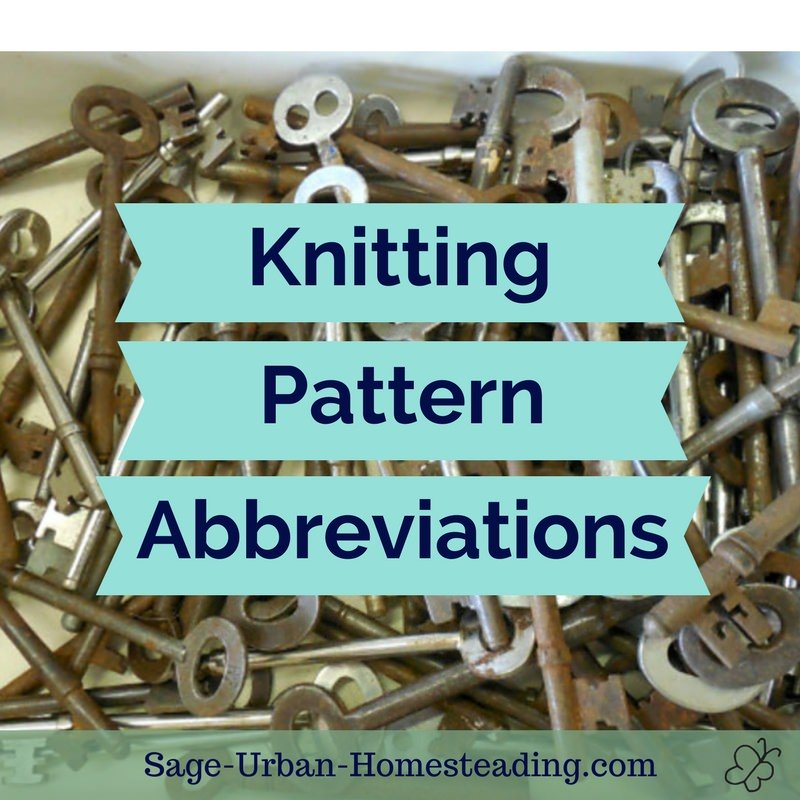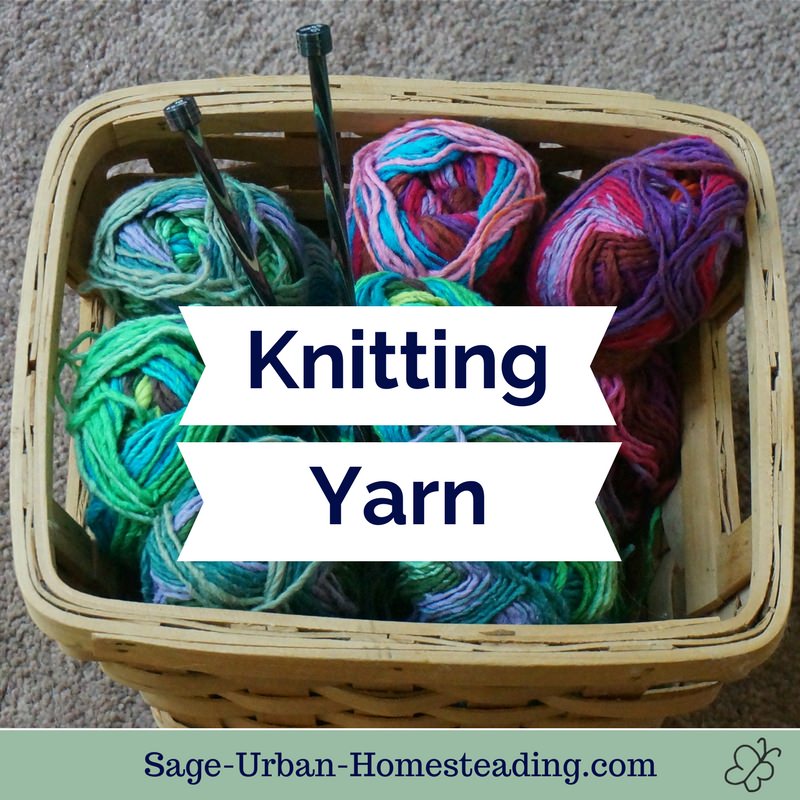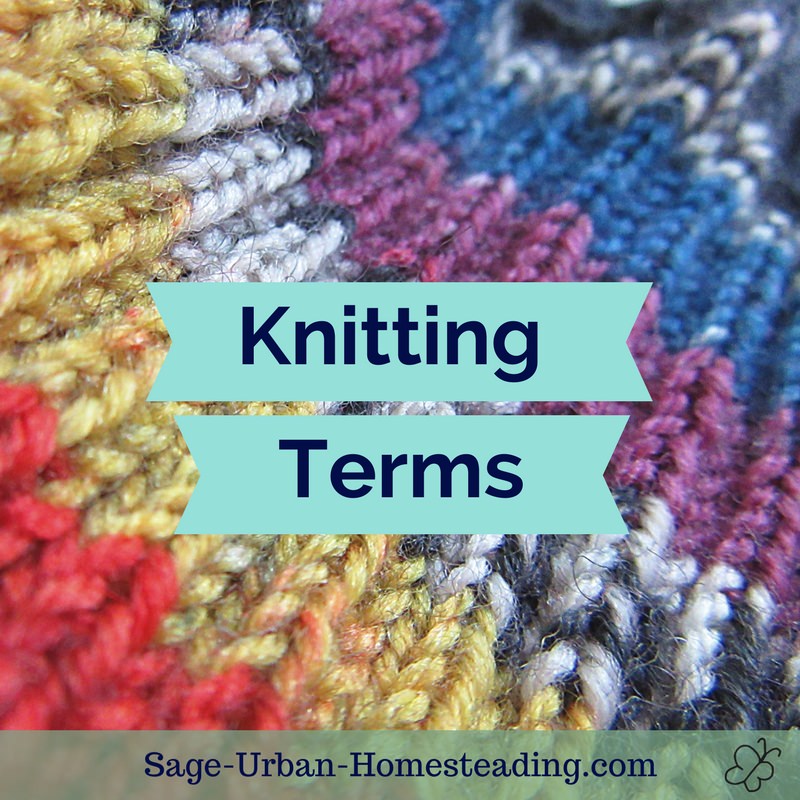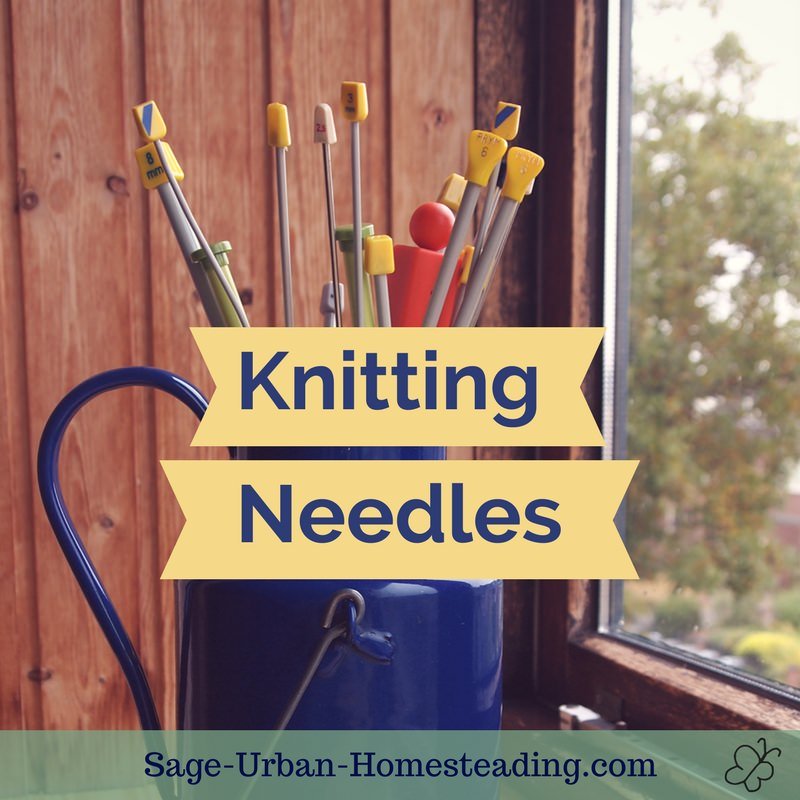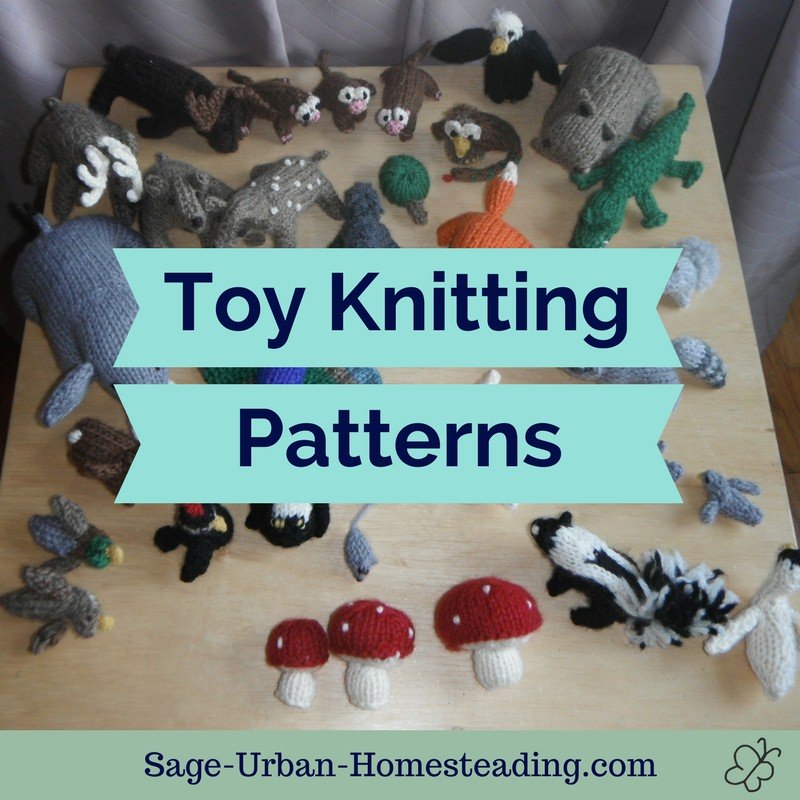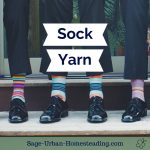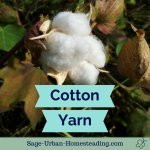FYI: I earn a small commission from some links and advertisements.
How to Read Knitting Patterns
There are many knitting patterns available, but they all contain the same basic information. They tell you the knitting gauge, types of knitting stitches to do, and number of rows or rounds.
Ok, I will admit that some vintage knitting patterns lack the basic information, but that's what makes them such a challenge! A good pattern will tell you everything you need to know.
Pattern Abbreviations
Here's a list of the basic pattern abbreviations. If you still don't know what something is, look it up in the knitting terms.
- [], (), or *
- repeat
- beg
- beginning
- BO
- bind off
- cab
- cable
- CC
- contrasting color
- cn
- cable needle
- CO
- cast on
- dec
- decrease
- dpn
- double pointed needles
- eor
- every other row
- eon
- end of needle
- g st
- garter stitch
- inc
- increase
- k or K
- knit
- kbl or K tbl
- knit though back loop
- k2tog
- knit two together
- ln
- left needle
- lp
- loop
- M1
- make one stitch
- MC
- main color
- p or P
- purl
- p2tog
- purl 2 stitches together
- pm
- place marker
- pnso
- pass next stitch over
- psso
- pass slipped stitch over
- rem
- remaining
- rep
- repeat
- rev St st
- reverse stockinette stitch
- rnd(s)
- round(s)
- RS
- right side
- sel
- selvedge
- sk
- skip
- skn
- skein
- skp
- slip 1, knit 1, and pass slip stitch over so one stitch is decreased
- sk2p
- slip 1, knit 2 together, and pass a slip stitch over the knit 2 together so 2 stitches are decreased
- sl
- slip
- sl1k
- slip 1 knitwise
- sl1p
- slip 1 purlwise
- sp
- space
- ssk
- slip, slip, and knit these 2 stitches together as a decrease
- st(s)
- stitch(es)
- St st
- stockinette stitch or stocking stitch
- tbl
- through back loop
- tog
- together
- won
- wool over needle
- wrn
- wool round needle
- WS
- wrong side
- wyb or wyib
- with yarn in back
- wyf or wyif
- with yarn in front
- yb
- yarn back
- yf
- yarn forward
- yfwd
- yarn forward
- yo
- yarn over
- ytb
- yarn to back
- ytf
- yarn to front
Most knitting pattern books will contain a glossary that lists the definitions and describes the stitches.
Knitting Gauge
The most important information in a pattern comes at the top even before the instructions about rows. Look for the knitting gauge. It's a measurement of how many stitches and rows are within a certain measurement of area.
Knit a sample square swatch using the yarn weight and size knitting needles that the pattern suggests. If your sample is different from the gauge, make adjustments and try again. Get it right with the swatch before you start knitting the main project.
Gauge Problems with Knitting Patterns
- Less stitches and rows than the gauge (too big)
- Try using a smaller pair of knitting needles. You may also need to use a lighter weight yarn.
- More stitches and rows than the gauge (too small)
- Try using a larger pair of knitting needles. You might also need to use a thicker yarn.
I cannot overemphasize how important it is to get the stitch size right. The pattern will not turn out to be the right size if the stitches are not the right size. Don't ask me how I know!
